Now Reading: Lo-Fi Content – How To Boost Your Social Media Engagement (With Examples)
-
01
Lo-Fi Content – How To Boost Your Social Media Engagement (With Examples)
Lo-Fi Content – How To Boost Your Social Media Engagement (With Examples)
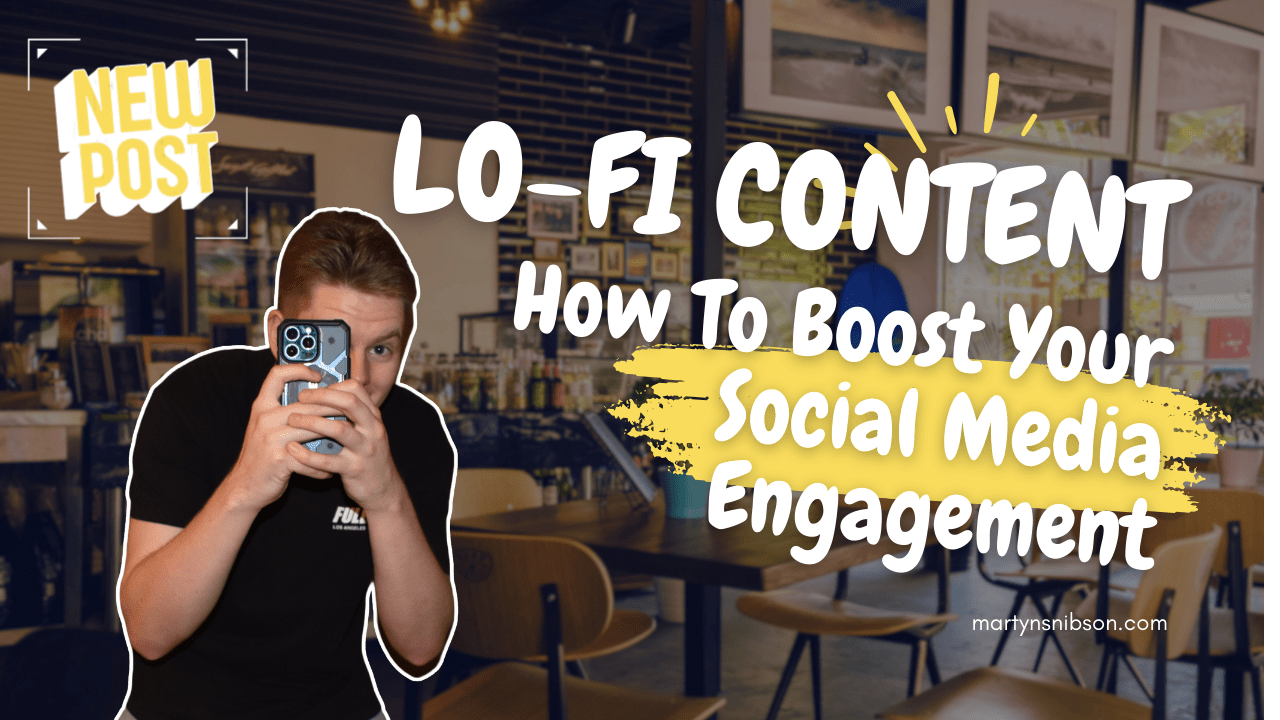
If you seek innovative ways to engage your audiences on social media, lo-fi content is a great way to create a sense of reliability and authenticity. This short guide about lo-fi content has all you need to know.
When you think of lo-fi, you probably associate it with lo-fi music; I mean, I did; lo-fi music got me through university. It was a survival tool when I had a chunky digital marketing assignment due, and I needed some lo-fi music on the “lo-fi chill vibes” Spotify playlist.
This was until I uncovered that lo-fi can also be associated with ‘lo-fi content’ or ‘lo-fi videos’ that many social media marketers consider essential to their content marketing strategies.
What Is Lo-Fi Content?
Lo-fi or “low fidelity” content is social media content that feels raw and naturally authentic and isn’t as highly produced in contrast to traditional brand social and advertising campaigns. It often showcases a brand’s personality, fostering a real connection with an audience.
Lo-Fi Content and Audience Engagement
Thinking back to ‘lo-fi music’, as previously mentioned – it emanates from the nostalgia of being warm, relaxing, whilst not demanding unease from its audience. Lo-fi content aims to achieve a similar feel.
With this trend in mind, brands continually produce more lo-fi content as part of their content marketing strategies as audiences crave authentic relationships instead of glossier, overly produced “hi-fi content” that often pushes the brand agenda. In a Survey by Hootsuite, over 59% of consumers think there is too much brand advertising on social media.
Benefits of Lo-Fi Content
- Lo-fi content doesn’t need fancy video production equipment to get started. It’s budget-friendly and can be captured and edited on a smartphone, with the focus being on creativity.
- It’s a great way to drop a “brand’s facade” to controllably foster a brand’s identity that can help grab an audience’s attention from the noise of social media.
- Lo-fi content builds brand trust, facilitating a stronger brand connection.
How is Lo-Fi Content Created?
Lo-fi content is generally considered a video that can be freely produced with minimal resources and video-making tools such as an iPhone camera, with creativity being the primary element driving this content.
Unlike highly produced content, that background noise and shaky, slightly blurry video can add to the charm of a Lo-Fi video you create!
The type of low-fidelity content created could range from (but not limited to):
- Lo-fi video content captured on a smartphone device with limited edits.
- Instagram stories that are obviously shot on a mobile device
- Conversational text-based posts
- In-the-moment photos telling a story or documenting various daily encounters
- User-generated content (UGC)
- Content showing the ‘behind the scenes’ of a brand
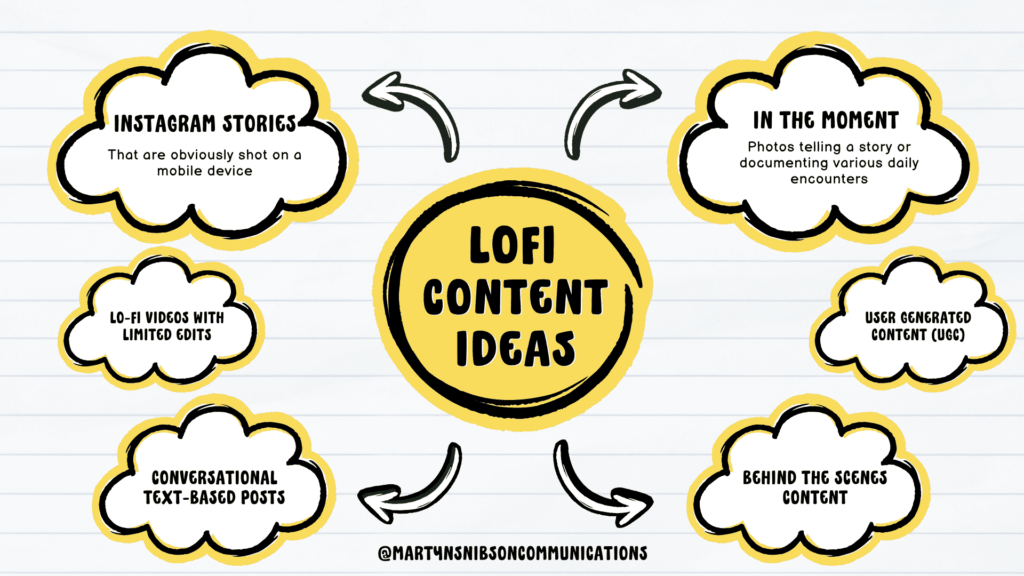
Why Audience Listening is Important Before Creating Lo-Fi Content
Pro Tip: Social media presents immense opportunities to connect with new audiences and enhance a brand’s online presence. Naturally, this can be exciting for brands; however, without a strong content marketing strategy in place with the target audience in mind, a brand may miss the mark, and content may not resonate with the audience.
This is why “social listening” is crucial to understanding the target audience, what they say and feel, and how they interact with your brand throughout their customer journey. This will put you in a better position for success.
Surprisingly, in a survey conducted by Social Media Today of 650 professionals from a range of industries, nearly 50% claimed not to know enough about social media monitoring. Therefore, this indicates the need for increased education on audience listening – which is critical to the success of lo-fi content.
5 Examples Of Brands Successfully Implementing Lo-fi Content In Their Social Media
Now that you have a basic understanding of lo-fi content and how it can be used in your content marketing strategy to prioritise brand authenticity and audience relationships.
Here are 5 examples of brands that are currently implementing lo-fi content as a core part of their social media marketing:
1. Lego
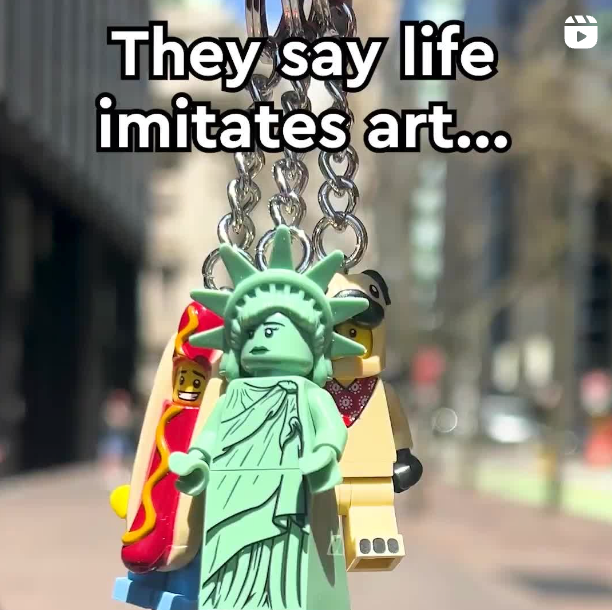
This childhood brand that, for decades, we have come to know and love, Lego, uses lo-fi videos to help their audience relive the joy of Lego building. In their Instagram post, accompanied by the caption, “Beauty is in the eye of the key holder,” this video (most likely shot on a smartphone) shows Lego’s key holder Minifigure range in contrast to real-life objects. This video keeps it short with minimal text and clips changing roughly every three seconds.
2. Semrush

Marketing and SEO Platform Semrush uses humour in a fun TikTok video, lightheartedly responding to an audience comment and giving behind-the-scenes looks into the operations of the Semrush Marketing Team. Alongside some trendy music, Their “lone marketer” video featuring ‘Chris’, sparked a lot of comments from the marketing community online, with many relating to “Chris”.
Furthermore, in today’s digital economy, with many businesses requiring many areas of expertise, marketers often need to cover these areas of knowledge.
Simultaneously, Semrush made a conscious effort to reply to many people’s comments – a proven way to build audience relationships and attract new followers on social media accounts.
Note: Thankfully, Semrush has stated that there are more people than just ‘Chris’ on their marketing team (thankfully).
3. Pringles

Pringles uses a variety of lo-fi content on TikTok to great effect. Incorporating both photo sequences and short videos to showcase their product, they leverage their appeal to their predominately younger audience.
This photo sequence of “How to eat Pringles” is simple, using Pringles’ containers to create an initial. It invokes users to mention other TikTok accounts in the comments section. This strategy makes the mentioned users visit that video, ultimately driving additional traffic.
Other lo-fi video content on the Pringles TikTok account incorporates Gen Z lingos and hashtags like “Pookie”, #girldinner, #pubertychallenge, and “singleandapringle(s)” to stay relevant and connect with their younger audience.
4. Arnott’s Shapes

Australia’s iconic snack brand, Arnott’s Shapes, humanises its brand, relating its content to relatable scenarios. Their lo-fi video features the classic Aussie “Boys’ road trip”, where debates over favourite Shapes and flavours ignite shareability and audience engagement.
This post also indicates Arnott’s taking seasonality into account. Being posted on TikTok in the months leading to the Australian summertime, many teenagers and young adults are travelling to the beach for road trips (as indicated in the video by the beach attire and towel).
5. Wendy’s
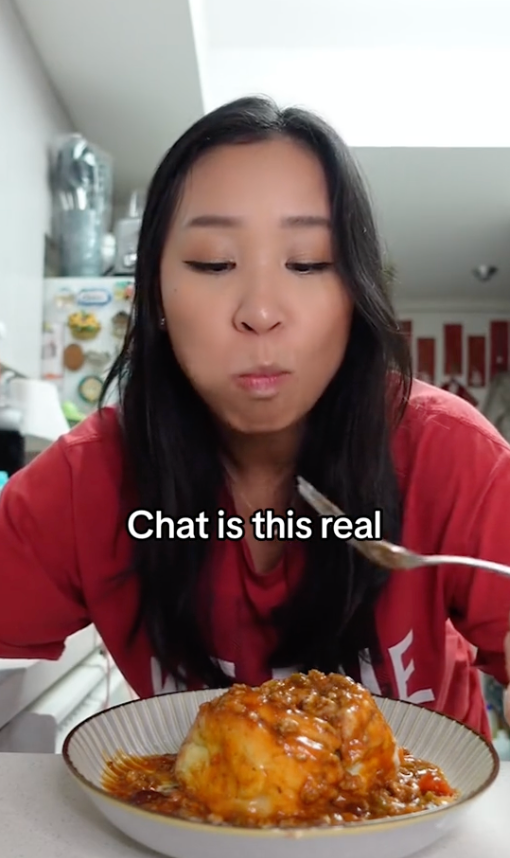
Wendy’s uses a combination of lo-fi content through both brand collaborations and user-generated content (UGC). In this video, Wendy’s uses cooking and food video creator @justpearlm to test out Wendy’s “Chillabon Combo” (partnership collaboration with Cinnabon) to see if this food combo was real.
Using UGC content in this manner helps spark and fulfil an audience’s curiosity, which is achieved through the lens of an “expert” in the food space trying out a food combination that is typically unusual from the status quo.
Key Takeaways
Lo-fi content can be a powerful tool for brand building and breaking traditional barriers towards a more real and authentic way of connecting with an audience.
Without the hefty budget of high-quality, over-edited TV commercials and social media advertisements, while it might seem unpolished, there is a strategic approach to it.
Of course, a brand must consider various risks before undertaking lo-fi content; when done well, the results and ROI (Return on investment) can be highly rewarding for a brand’s long-term success.




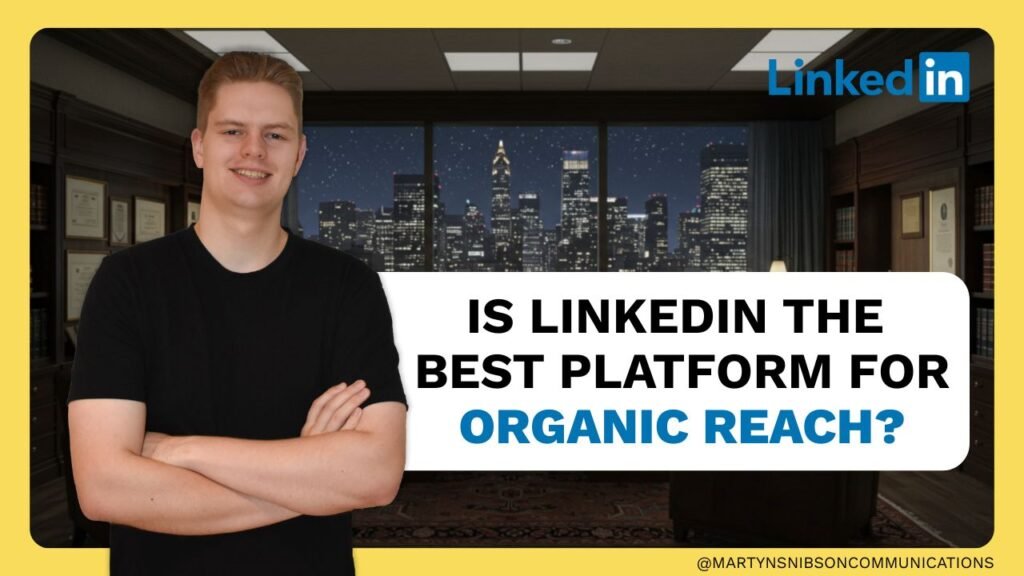
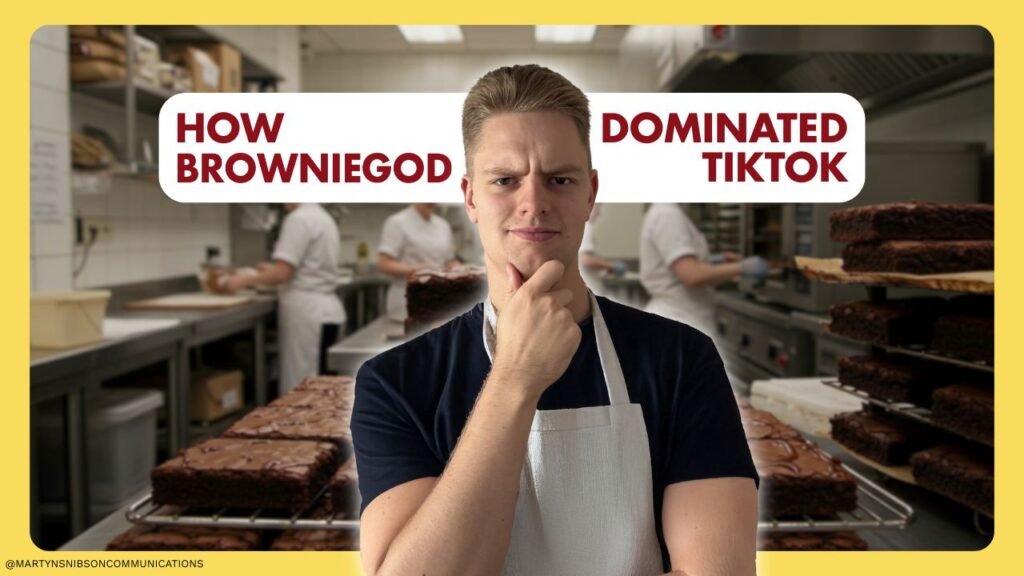
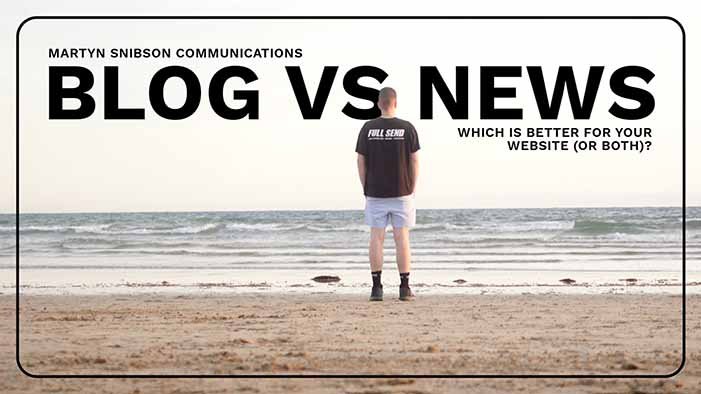




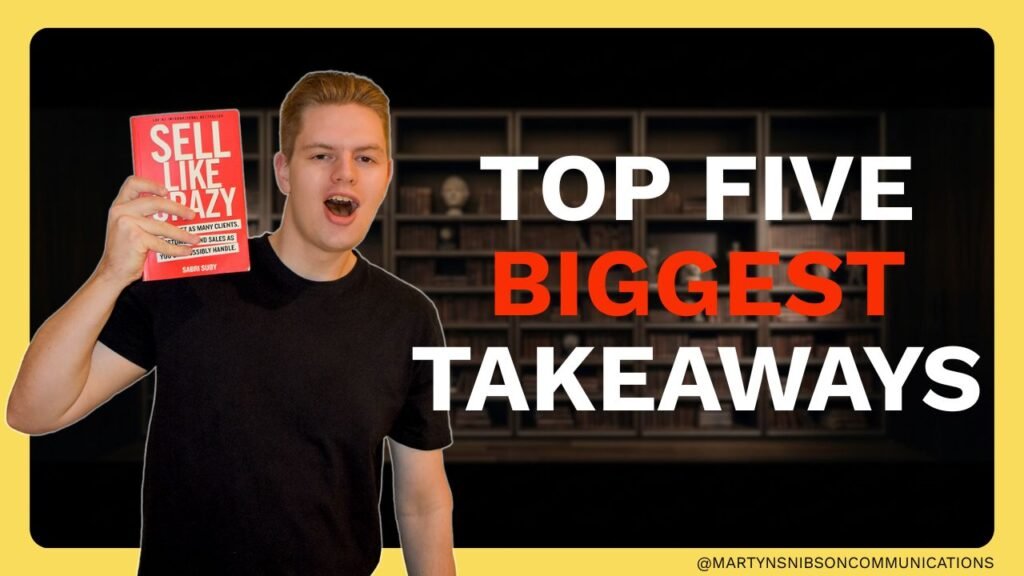
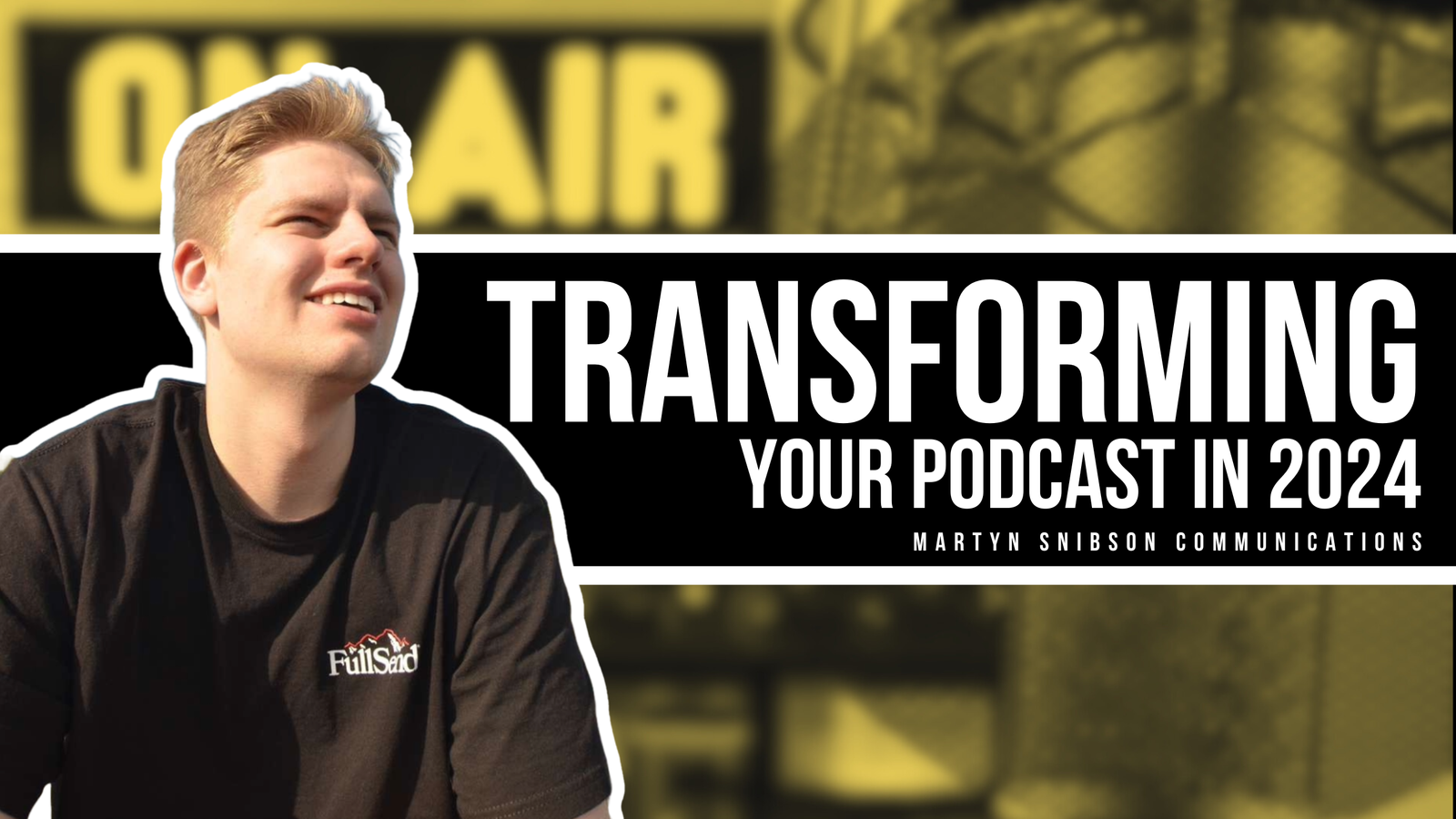












Pingback: Writing Great Headlines That Will Make You a Better Marketer
Pingback: What Raising Cane’s Gets Right: A Marketing Case Study
Pingback: The Top TikTok Trends You Need To Try This Month (Updated: December 2024) – Martyn Snibson Communications
Pingback: Blog vs News: Which Is Better For Your Website?
Pingback: The Best Organic Reach in 2025? It’s Happening on LinkedIn
Pingback: What is SearchGPT – All You Need To Know